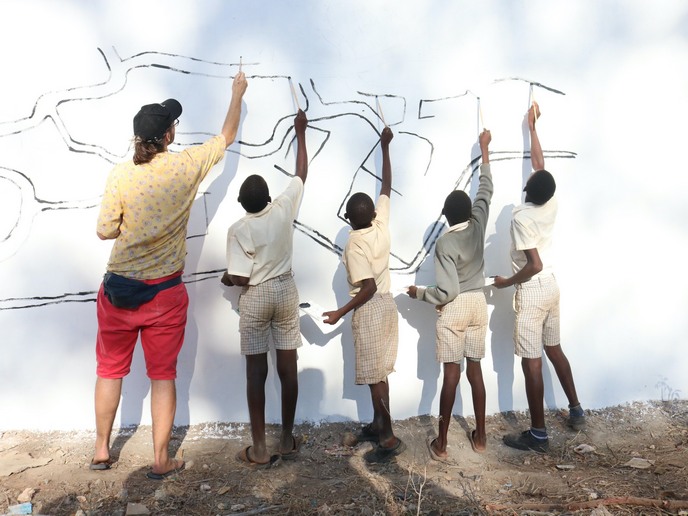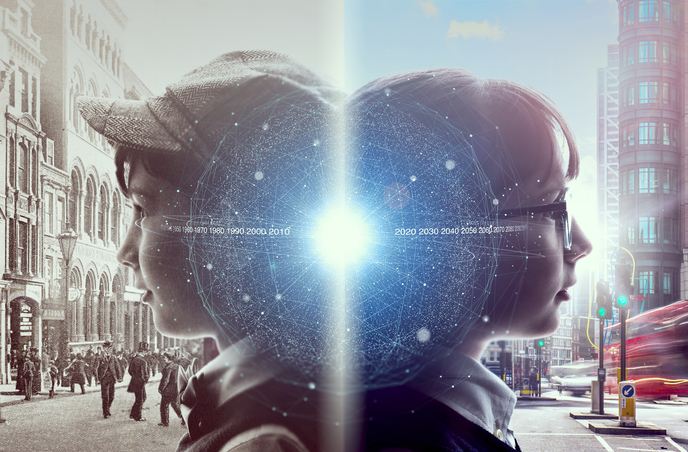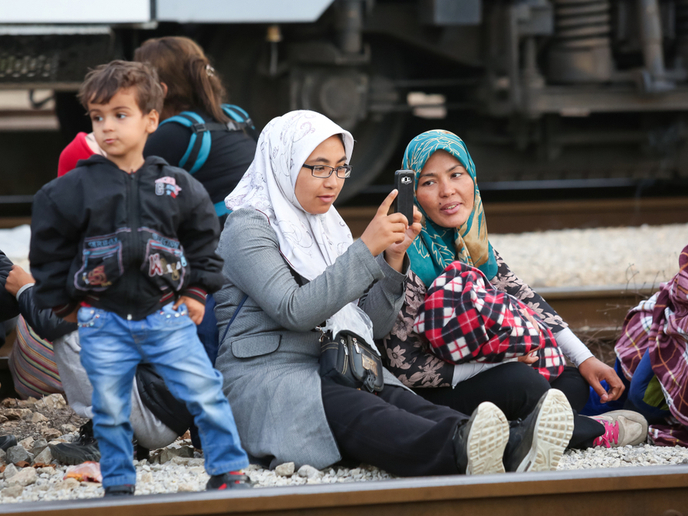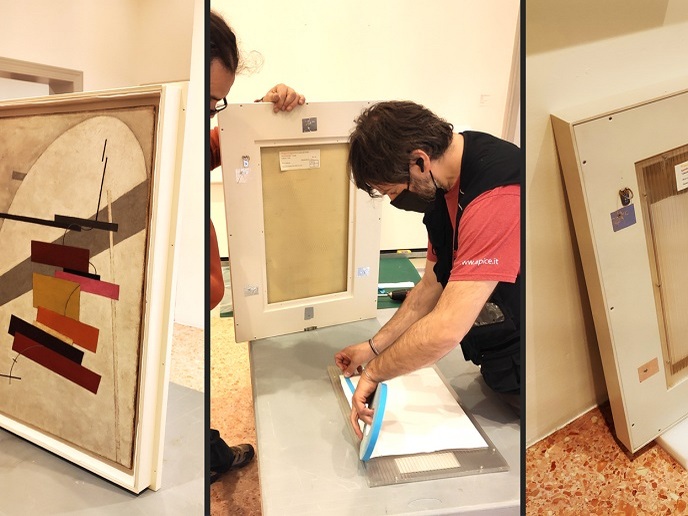The beauty of collaboration: Redefining art practice and education with transcultural perspectives
Through the lens of transcultural perspectives, art education and collaboration can flourish, going beyond cultural boundaries. Using this approach, the Transcultural Perspectives in Art and Art Education (TPAAE) project has reshaped the art landscape in Kenya and fostered dynamic exchanges between European and African institutions. Undertaken with the support of the Marie Skłodowska-Curie Actions programme, the research project has used theoretical, academic and practical activities to connect art in both continents, valuing cultural heritage and, at the same time, opening it to modern transformations to benefit the community and social development.
Transforming art education
The TPAAE project involved academic and art institutions in Italy, Poland and Kenya. “The collaboration between European and African institutions influenced the development of the art scene in East Africa, with a particular focus on the Kenyan coast, which, until the project’s realisation, had not been researched from an art perspective even by the national museums of Kenya,” says Aleksandra Łukaszewicz, TPAAE project coordinator. One of the project’s milestones was the co-development of the first art course at university level on the Kenyan coast, the second in the country after Nairobi. TPAAE spearheaded the creation of a diploma and bachelor’s degree programme in art and design at the Pwani University in the coastal town of Kilifi. The project also supported academic achievements, including two bachelor’s theses on contemporary Kenyan art and three doctoral dissertations.
From research to real-world impact
Researchers from the partnering institutions conducted studies on the intersections of East African and European art. This resulted in peer-reviewed articles, a special issue of the journal ‘Annals of Cultural Studies’ and creative outputs like the artistic zine ‘MekaZine’. For its practical path, TPAAE supported the development of the art scene in the region of Kilifi and Mombasa. Art associations and clubs were initiated within the project’s activities and new gallery spaces were opened. The DUOS art festival series, created and realised by the project, became a cornerstone of artistic exchange. Held from 2021 to 2023 in Kenya and followed by exhibitions in Poland, the festivals nurtured collaboration between artists from the two continents. Themes of community, women power and social ecology inspired them to work together across diverse disciplines, including painting, sculpture, dance, music, design, film and photography. Even after the conclusion of TPAAE, the short film festival LAMPART, originally launched within the DUOS festival, lives on under the guidance of the Technical University in Mombasa, one of the three Kenyan universities involved in the project. “Such a revived art scene, experienced in international exchange, will serve well as a resource for Pwani University students in art and design, offering a working environment for its graduates, as well as for the Technical University in Mombasa, which played a key role in the LAMPART festival and expanded film and media education in the region,” adds Łukaszewicz.
A legacy of collaboration and growth
The TPAAE project has left an enduring mark on art and education, highlighting that cultural heritage is a living and evolving asset. “Transformation of cultural heritage practices occurs due to historical, social and economic changes, and we need to allow cultures to transform while being active and wise in their preservation,” states Łukaszewicz. The transcultural approach of the project also shaped art residencies and programmes like Erasmus+, enabling meaningful exchanges for students and lecturers and new research projects like CAPHE.
Keywords
TPAAE, art education, collaboration, transcultural perspectives, cultural heritage







